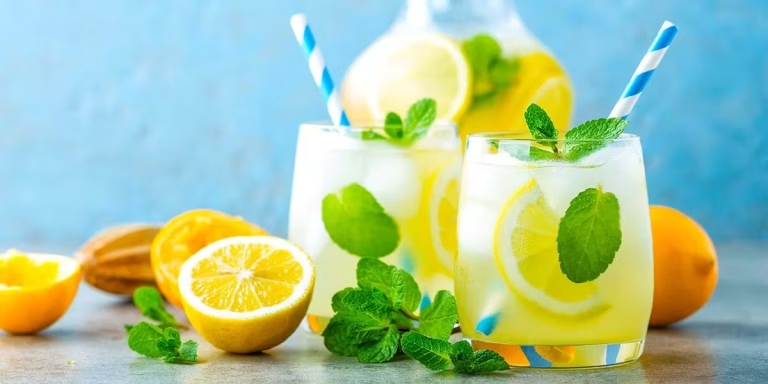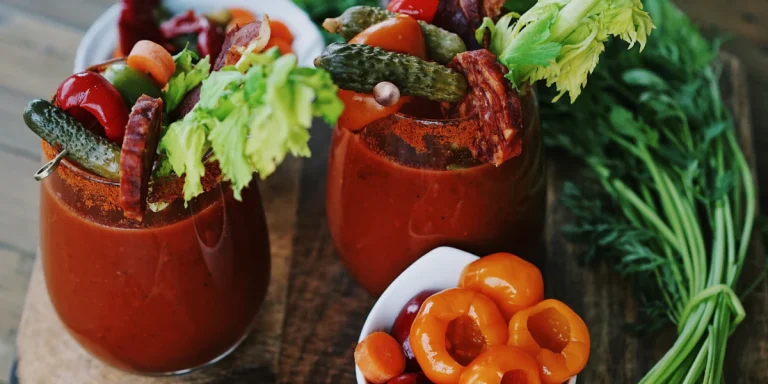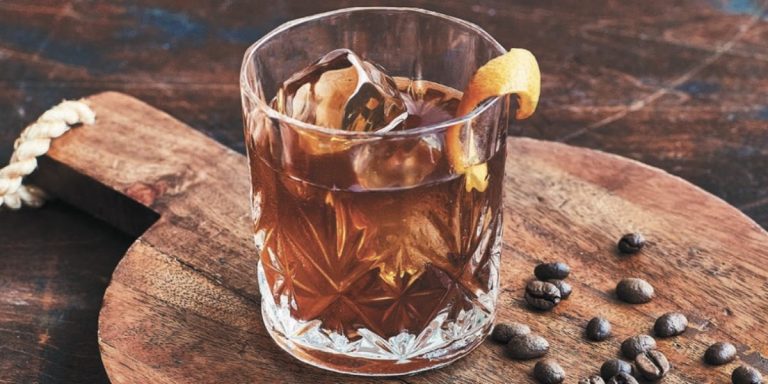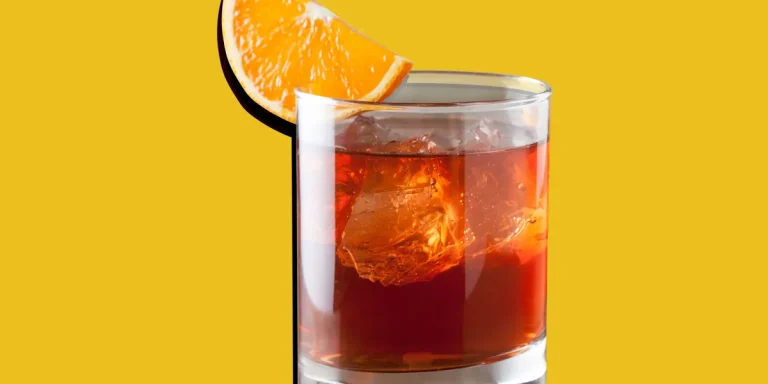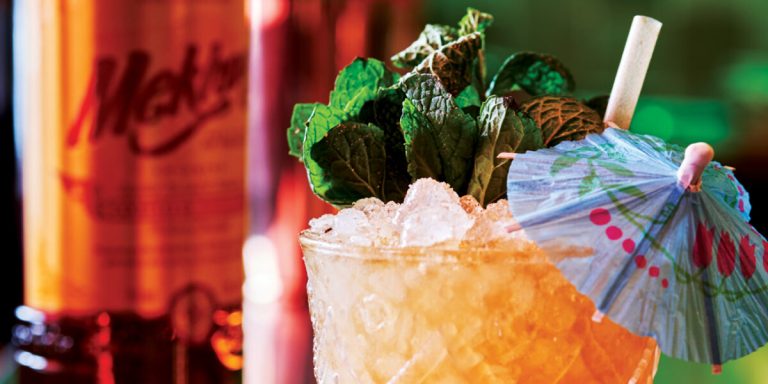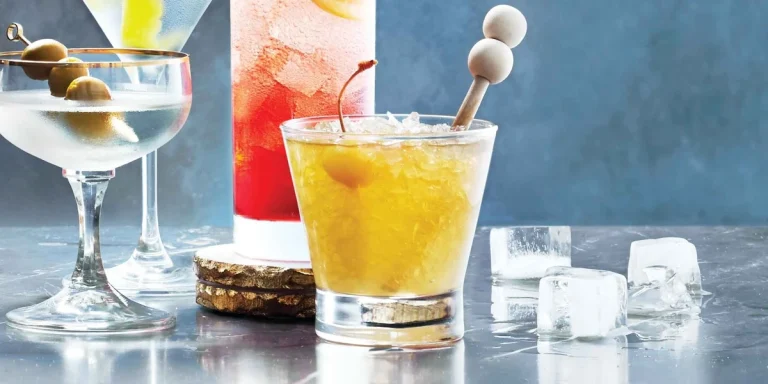7 Martini Styles You Haven’t Tried Yet
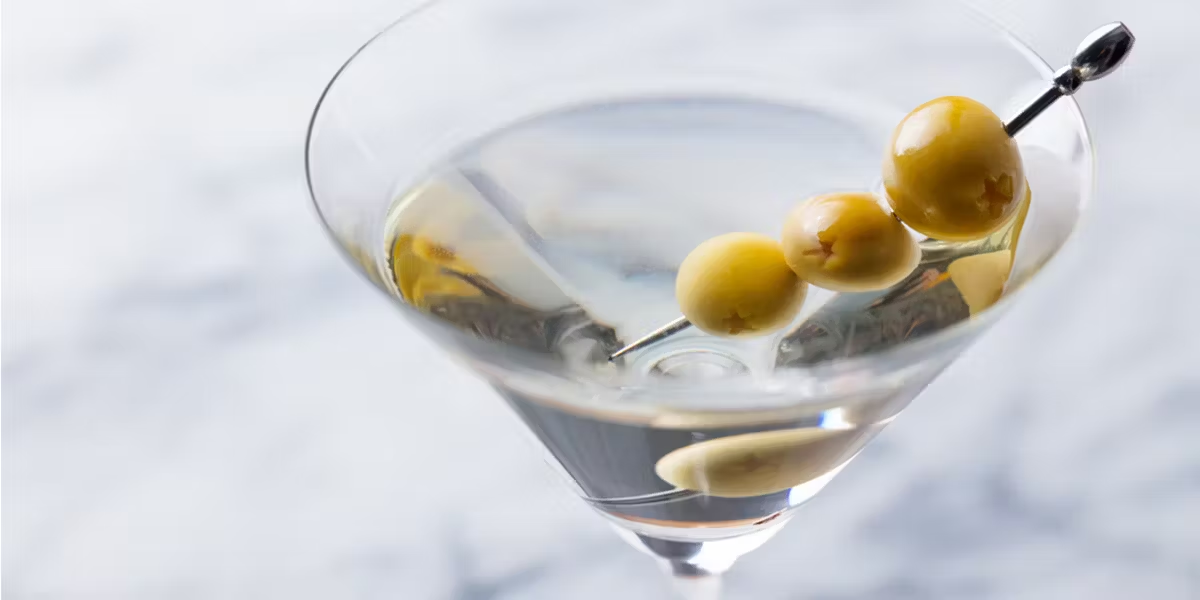
Martinis have always carried an aura of sophistication. They sit at the intersection of elegance and boldness, commanding attention every time they’re placed on a bar top. Most people stick with the classic gin or vodka martini, occasionally venturing into a dirty martini if they’re feeling adventurous. Yet the martini has evolved far beyond those boundaries, giving rise to styles that highlight creativity, flavor exploration, and a willingness to push tradition without losing the essence of what makes a martini so iconic. I’ve found myself fascinated by these unique interpretations, not because they reject the original, but because they honor it in their own rebellious way.
Each style I’m about to share with you is rooted in the martini’s DNA, but each takes it in a direction that feels fresh and distinctive. Whether the focus is on unexpected spirits, vibrant flavors, or subtle twists that elevate the drinking experience, these martinis are designed to surprise both your palate and your perception of what the drink can be.
The Truffle Martini
One of the most luxurious martini experiences I’ve ever had was the truffle martini. Instead of relying on just vermouth and gin or vodka, this style introduces a subtle infusion of truffle essence into the spirit. Some bartenders achieve this by fat-washing vodka with truffle oil, while others shave fresh truffle into the glass itself, allowing the earthy aroma to mingle with the crisp base of the drink.
The result is not overpowering but enchanting. It transforms the martini into a drink that feels like a culinary event. The earthy depth of truffle lingers with every sip, blending seamlessly with the clean sharpness of the spirit. It pairs beautifully with savory hors d’oeuvres, but it can just as easily stand alone as a statement piece at any high-end gathering. This martini isn’t an everyday indulgence it’s the kind of drink you order when you want to make a memory.
The Espresso Martini Twist
The espresso martini has gained a loyal following, but not all variations are created equal. A style I came across recently combines cold brew concentrate with a touch of amaro instead of coffee liqueur. This creates a balance that is far less sweet and far more layered, offering notes of bitterness, herbal complexity, and a velvety mouthfeel that doesn’t coat the palate the way syrup-heavy versions often do.
What makes this martini stand out is its ability to be both energizing and contemplative. The coffee notes sharpen the senses, while the amaro smooths the edges, reminding you that this is a cocktail, not dessert. It’s perfect for late-night gatherings where you want something stimulating but not overwhelming. I’ve found that this variation bridges the gap between coffee enthusiasts and cocktail purists in a way that feels both daring and refined.
The Cucumber Wasabi Martini
If martinis could flirt with danger, this would be the perfect example. A cucumber wasabi martini is crisp, refreshing, and surprisingly fiery. The base often starts with vodka, but gin works equally well, especially if it carries botanical notes that amplify the cucumber. The wasabi doesn’t overpower; instead, it’s integrated delicately often by infusing a syrup or creating a subtle wasabi tincture that adds heat without burning.
The brilliance of this martini lies in its balance. The cucumber cools the heat, providing a fresh garden brightness, while the wasabi creeps in as a playful sting that awakens the senses. The drink isn’t a gimmick it’s a showcase of restraint and harmony. Every time I sip one, I feel like I’m experiencing the martini’s bold personality in a new dimension, and it always keeps me on my toes.
The Hibiscus Martini
Floral notes in cocktails can be tricky. Go too heavy, and the drink tastes like perfume. Too light, and the effect vanishes. The hibiscus martini, however, finds the sweet spot. By infusing gin or vodka with hibiscus petals or using a hibiscus syrup, this martini develops a gorgeous ruby hue and a tart, slightly fruity backbone that feels both sophisticated and fun.
It’s the kind of martini that draws you in with its visual appeal before surprising you with layers of flavor. Hibiscus has a natural tang, almost cranberry-like, which gives the cocktail a sharp edge balanced by its floral softness. Garnished with a twist of orange or even an edible flower, it becomes as much an aesthetic experience as a flavor one. I often recommend this martini to friends who think martinis are too stiff or unapproachable it changes their perspective instantly.
The Smoked Martini
Smoke in cocktails is often associated with whiskey or mezcal, but the martini has discovered a way to embrace it as well. A smoked martini typically involves smoking the glass before pouring, infusing the spirit with a whisper of wood or peat. Some bartenders take it further by incorporating smoked vermouth or even rinsing the glass with a touch of Islay Scotch.
The outcome is stunning: a drink that still maintains the martini’s crystalline structure but carries with it a ghostly presence of smoke that lingers long after the sip. It’s subtle enough not to overwhelm, yet strong enough to shift the drink into a new emotional space. I’ve always found that a smoked martini feels less like a cocktail and more like a story something that evolves in layers as you sit with it, reminding you of firelight, aged wood, and depth of character.
The Pickle Martini
Martinis are no strangers to brine, thanks to the dirty martini, but the pickle martini takes this concept into bold new territory. Instead of olive brine, pickle juice becomes the star, adding tang, saltiness, and a unique punch of flavor that makes every sip feel adventurous.
Different pickles create entirely different martinis dill brings a sharp herbaceous quality, while bread-and-butter pickles lean sweeter, almost candy-like. The pickle garnish itself becomes part of the experience, crunching between sips as a continuation of the flavor profile. I remember the first time I tried one, I laughed at how strange it sounded, only to be completely won over by the way it harmonized with the vodka base. This martini is proof that sometimes the best discoveries are hidden in plain sight, just waiting for someone daring enough to take the leap.
The Chocolate Chili Martini
Dessert martinis can often be too cloying, but the chocolate chili martini avoids that trap by combining richness with heat. The drink is built on a vodka or dark rum base, layered with a deep cocoa flavor, then finished with a chili infusion that sneaks up with warmth rather than overwhelming spice.
What makes this martini stand apart is its ability to surprise. You sip expecting sweetness, but then the chili rises at the back of your throat, reminding you that the drink has a fiery personality beneath its silky exterior. I’ve always enjoyed offering this martini to friends who think they’ve seen every martini twist it stops them in their tracks, sparking conversation and admiration in equal measure.
Why These Styles Matter
These martini styles aren’t just fun detours; they’re reminders that cocktails are a living art form. The martini, more than many drinks, is defined by its elegance and minimalism, yet it remains endlessly adaptable. Each variation I’ve shared respects the integrity of the martini while exploring its potential in new and exciting ways.
For me, martinis will always hold a certain timeless quality, but the moment I stop experimenting is the moment I lose touch with what makes them special. A classic dry martini may always be my anchor, but discovering versions like the truffle or hibiscus martini renews my fascination, challenging me to think about balance, flavor, and presentation from a fresh perspective.
Bringing These Styles Into Your Life
If you’re inspired to try one of these martinis, the best approach is to start with the one that excites you the most. Experiment at home if you’re comfortable, but don’t underestimate the experience of ordering one at a bar known for its creativity. Watching a skilled bartender bring these flavors together adds another layer of appreciation to the drink itself.
For home experimentation, I’ve found that small touches often have the biggest impact. A cucumber slice here, a smoked glass there, or even a dash of chili tincture can elevate your martini without requiring you to overhaul your bar setup. The key is to approach the process with curiosity rather than perfectionism.
In the end, martinis thrive on their ability to embody both tradition and reinvention. By venturing beyond the familiar and embracing these new styles, you give yourself the chance to experience the martini not as a fixed formula but as an evolving expression of taste and creativity. And in that spirit, every sip becomes more than a drink it becomes an exploration.

